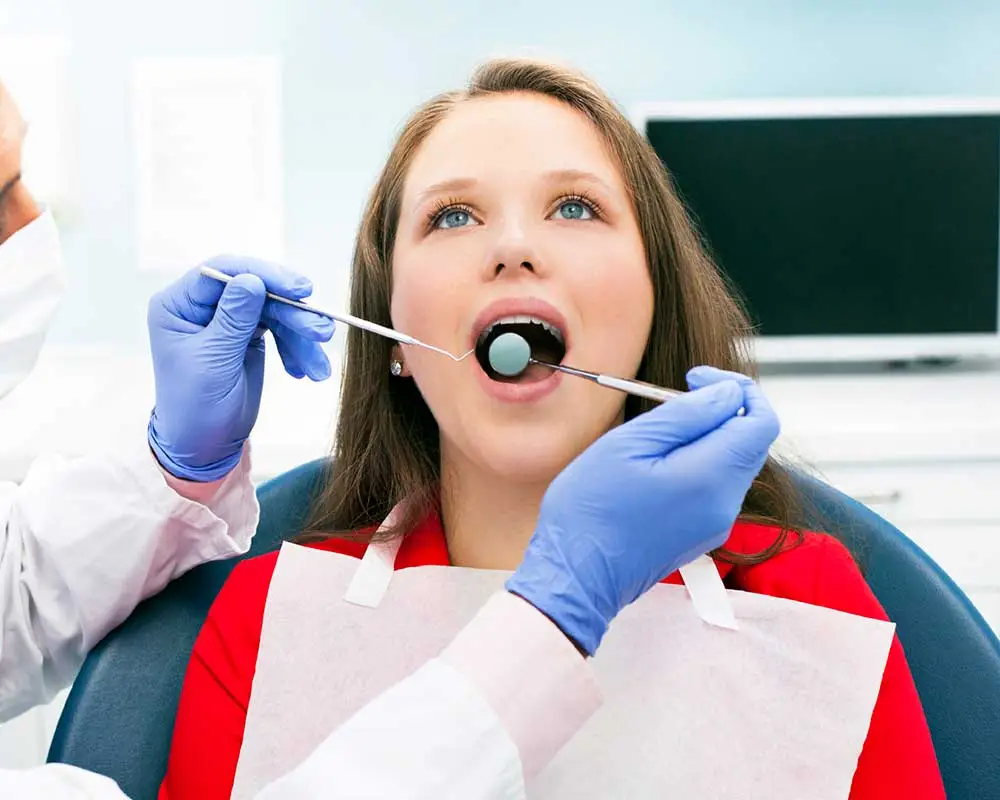Cleaning & Prevention
The routine dental cleaning is anything but routine and includes:
- Personal oral hygiene evaluation, home care review and recommendations.
- Brushing teeth and flossing instructions.
- Supra gingival (above the gum) scaling to remove plaque and tartar from all visible tooth surfaces.
- Debridement of tartar beneath the gum, as conditions warrant.
- Polishing the teeth.
- Nutrition assessment, if needed.
- Periodontal charting and scheduling of additional periodontal disease care as indicated.
Dental Cleanings for Children First Dental Visit by the Age of 3!
The dental hygiene visit is especially important for children. It helps them to establish good oral hygiene practices and to appreciate the importance of dental health. Easy, anxiety-free dental appointments help create self esteem and will lessen anxiety should dental restorative care become necessary in the future. The regular application of topical fluoride, early detection of orthodontic (bite) problems, and an evaluation for pit and fissure sealants are part of our preventive dental health strategy for children.
Digital X-Rays are a modern method of taking x-rays with many advantages over conventional x-rays:
- Digital x-rays are faster and more sensitive.
- The image is displayed on the computer screen.
- You get to see exactly what we are seeing.
- We can store the images on the computer for future use.
- Reduced Radiation by as much as 90%
X-rays are key to Preventive Dentistry
While some patients may be concerned about potential risks from too much exposure to radiation, x-rays allow us to view the underlying structure and condition of your teeth, soft tissue and bone.
We interpret signs of disease or potential problems that are not visible through direct observation. Abscesses (pus-pockets), cysts and tumors can be detected in time. Impacted, un-erupted or extra teeth or congenitally missing teeth can be diagnosed. The presence or degree of periodontal (gum) disease and the location and severity of cavities that are not visible to the naked eye can also be determined.
Foregoing x-rays could result in an inaccurate diagnosis or incomplete treatment.
Usually, new adult patients will be given a full series of x-rays that serve as a frame of reference for future changes. The time frame between x-rays, the type of x-rays and number of follow-up x-rays will be determined by the initial assessment of your needs and condition of your mouth. Growth and development are additional factors taken into account with young children.

